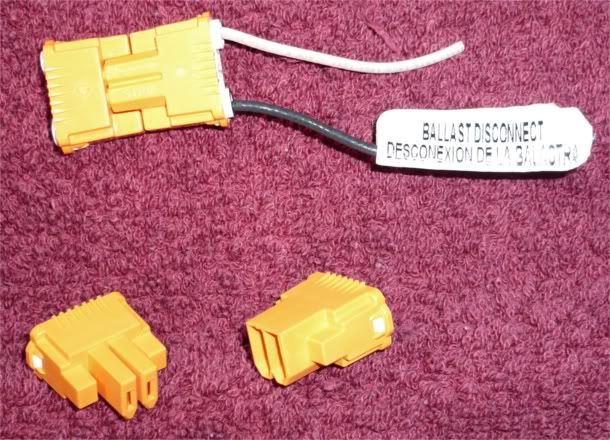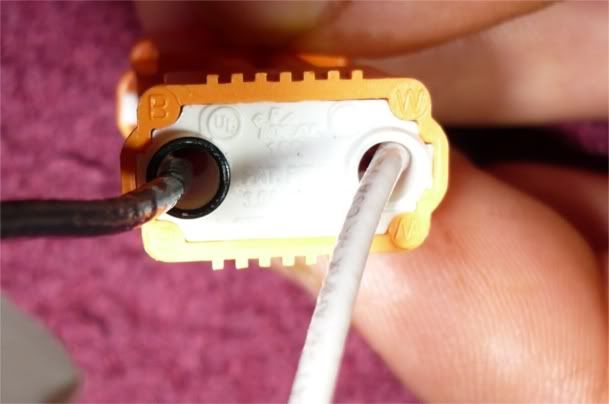I have an employee who feels that he was shocked while relamping energized flourescent T12 fixtures. When this happened he was standing on a scissor lift and had one hand on the glass of the bulb and the other hand on the reflector of the fixture. He felt the sensation in the hand holding the reflector. The fixture, and all others on the same circuit, was inspected by a licensed electrician and nothing was found to be faulty. Given the scenario this shock does not seem to be electrically possible. I'm just wondering if there is something about flourescent bulbs that I'm not aware of because the employee has been shocked before and is certain that this was the same sensation.
Thanks,
alwinj
Thanks,
alwinj



